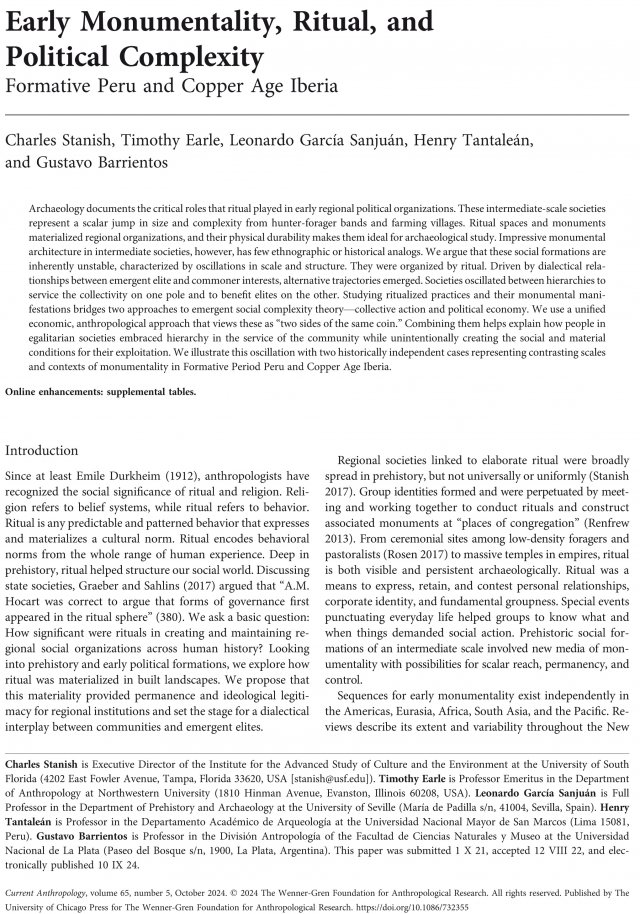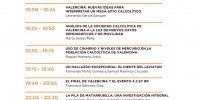Archaeology documents the critical roles that ritual played in early regional political organizations. These intermediate-scale societies represent a scalar jump in size and complexity from hunter-forager bands and farming villages. Ritual spaces and monuments materialized regional organizations, and their physical durability makes them ideal for archaeological study. Impressive monumental architecture in intermediate societies, however, has few ethnographic or historical analogs. We argue that these social formations are inherently unstable, characterized by oscillations in scale and structure. They were organized by ritual. Driven by dialectical relationships between emergent elite and commoner interests, alternative trajectories emerged. Societies oscillated between hierarchies to service the collectivity on one pole and to benefit elites on the other. Studying ritualized practices and their monumental manifestations bridges two approaches to emergent social complexity theory—collective action and political economy. We use a unified economic, anthropological approach that views these as “two sides of the same coin.” Combining them helps explain how people in egalitarian societies embraced hierarchy in the service of the community while unintentionally creating the social and material conditions for their exploitation. We illustrate this oscillation with two historically independent cases representing contrasting scales and contexts of monumentality in Formative Period Peru and Copper Age Iberia.
Early Monumentality, Ritual, and Political Complexity: Formative Peru and Copper Age Iberia
Stanish, C.; Earle, T.; García Sanjuán, L.; Tantaleán, H. y Barrientos, G. (2024): ”Early monumentality, ritual, and political complexity: Formative Peru and Copper Age Iberia”, Current Anthropology



